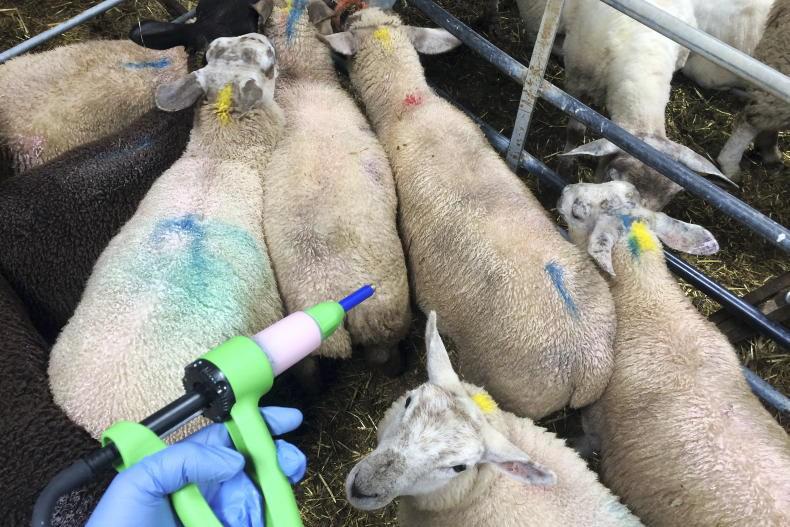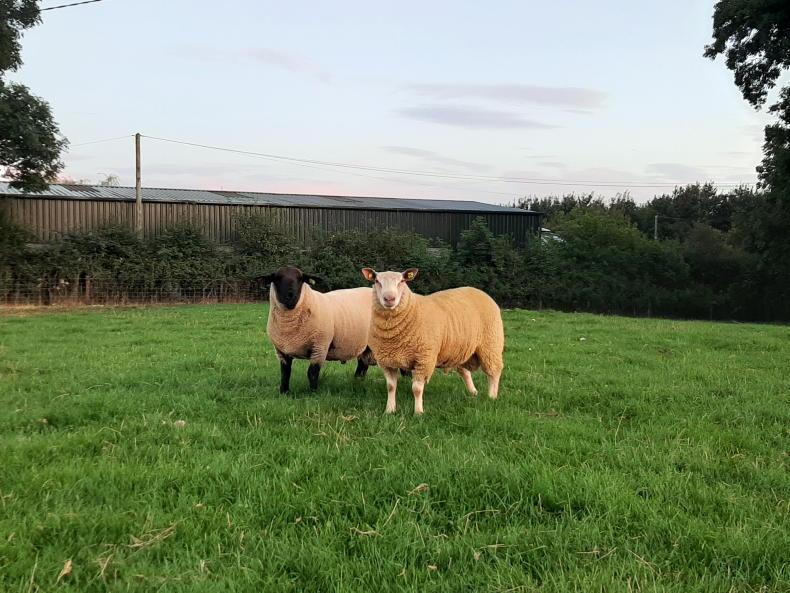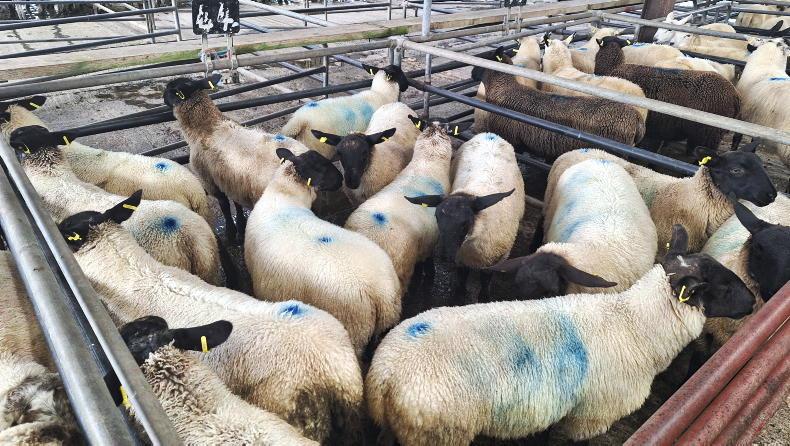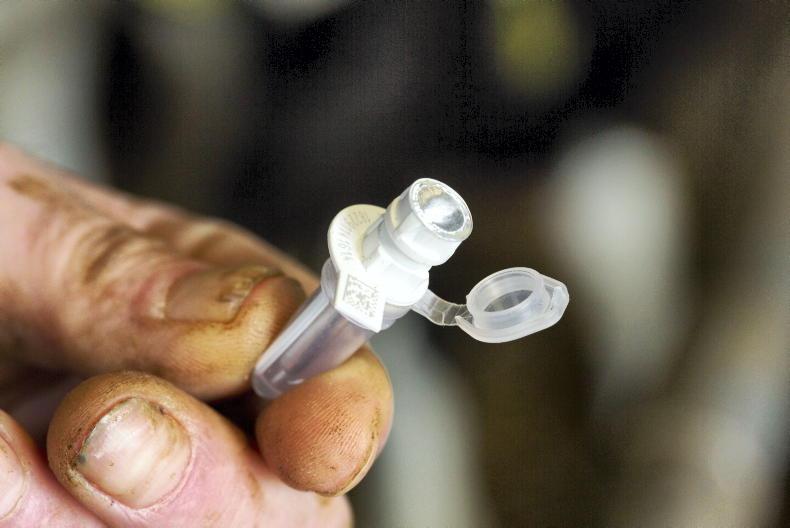There has been a significant spike in the incidence of blowfly strike in recent days.
This is being driven by humid weather in most parts of the country.
The prevalence is typically in dry hoggets and ewes, with reports in lambs still at a low level.
However, this situation is expected to continue to evolve in the coming week to 10 days, with lambs likely to face an increased risk.
Therefore, it is important that farmers who have not applied preventative treatment consider doing so as soon as possible.
Sharing will reduce the incidence of blowfly strike in adult sheep for a period, while dagging dirty tail ends will lower the risk in sheep awaiting shearing.
Product selection
Table 1 details external parasite control options taking blowfly strike as the main concern. It includes products available for plunge dipping in the first section of the table, while the second section includes pour-on products.
Product characteristics included in the table have been collated from the summary of product characteristics (SPC) published by the Health Products Regulatory Authority (HPRA) and, where listed, from the Veterinary Medicines Directorate (VMD) product information database.
As is quickly evident, the products differ significantly in terms of the range of external parasites targeted, whether or not they will treat or prevent the different ailments and the length of protection offered.
Withdrawal dates
There is also significant variance between withdrawal dates, which is important at this stage of the year when lambs may be approaching slaughter weight.
Withdrawal dates are especially relevant to CLiK and CLiK Extra. These products provide the longest period of protection for blowfly strike at up to 16 and 19 weeks respectively, but they also have the longest withdrawal period (40 days) of pour-on products majoring on blowfly prevention.
These products are generally more expensive per treatment, but are popular among lowland farmers due to the length of protection offered.
It is important, however, to highlight one aspect which crops up regularly each year– the CLiK range of products do not treat an established strike and therefore if an established strike is present at the time of application, you will need to address this separately.
Pour-on product
Youngs Vector is common among hill sheep farmers, as it is the the only pour-on product that has preventative properties for both blowfly strike and ticks.
The table also lists a number of spot-on type products, which provide protective cover for ticks, with these all capable of treating an established blowfly strike without providing any preventative capabilities.
Ectoflits, CLikZin and Youngs Vector are common options for farmers with aged lambs, as they have a much shorter withdrawal period of seven to eight days.
Plunge dipping
Plunge dipping as a means of controlling and preventing blowfly strike often gets some flack due to its shorter window of protection, with farmers comparing it to pour-on products with the longest duration of cover.
It is important to note that these products offer a period of protection for up to eight weeks and therefore, strategic use as the season progresses or to treat a range of external parasites is often the best option.
Plunge dipping cannot be equalled in terms of suitability for the control of sheep scab.
Application procedures
The application procedure also has a massive influence on the cover provided. The mode of action in products such as CLiK are insect growth regulators (IGRs), which essentially stifle any development, while products such as Ectofly are pyrethroids and work by disrupting an insect's nervous system, eventually leading to death.
Whatever the product, both should be applied to a dry fleece which avoids any contact with rain for at least six to 12 hours post-application.
Protection in most products will also only be provided on the area of the fleece coming in contact with the product. Therefore, it is important to carefully read the manufacturer’s guidelines and use the appropriate nozzle or spray head to apply the product.
The cleanliness of the fleece will also have an influence and any daggings present should be removed for optimum protection.
Tick infestations
There are several tick-borne diseases, with the most common generally being tick-borne fever and louping ill.
Clinical symptoms of tick-borne fever include sheep being lethargic and stiff when moved, not eating and running a high temperature.
Louping ill, on the other hand, causes neurological issues or a nervous disposition.
Issues are typically seen in young sheep that have developed no immunity and naïve sheep that have been brought on to the farm. Ticks go through three stages of development from larvae to nymph to adult.
For each stage of development, the tick requires a blood feed on a host such as a sheep.
It is during this stage that disease can spread rapidly, with the feeding period lasting anywhere from four to 14 days.
Heavy tick infestations can be such that anaemia or occasional blood loss can occur. In such cases, ticks will be very apparent on the inner legs and belly of lambs when they are turned over.
Where there is a history of disease on the farm, preventative treatment is essential. It should also be noted that ticks pose a significant risk of disease to humans and as such, people should take necessary precautions when working with sheep which have come off the hill or where walking through this type of vegetation.










SHARING OPTIONS